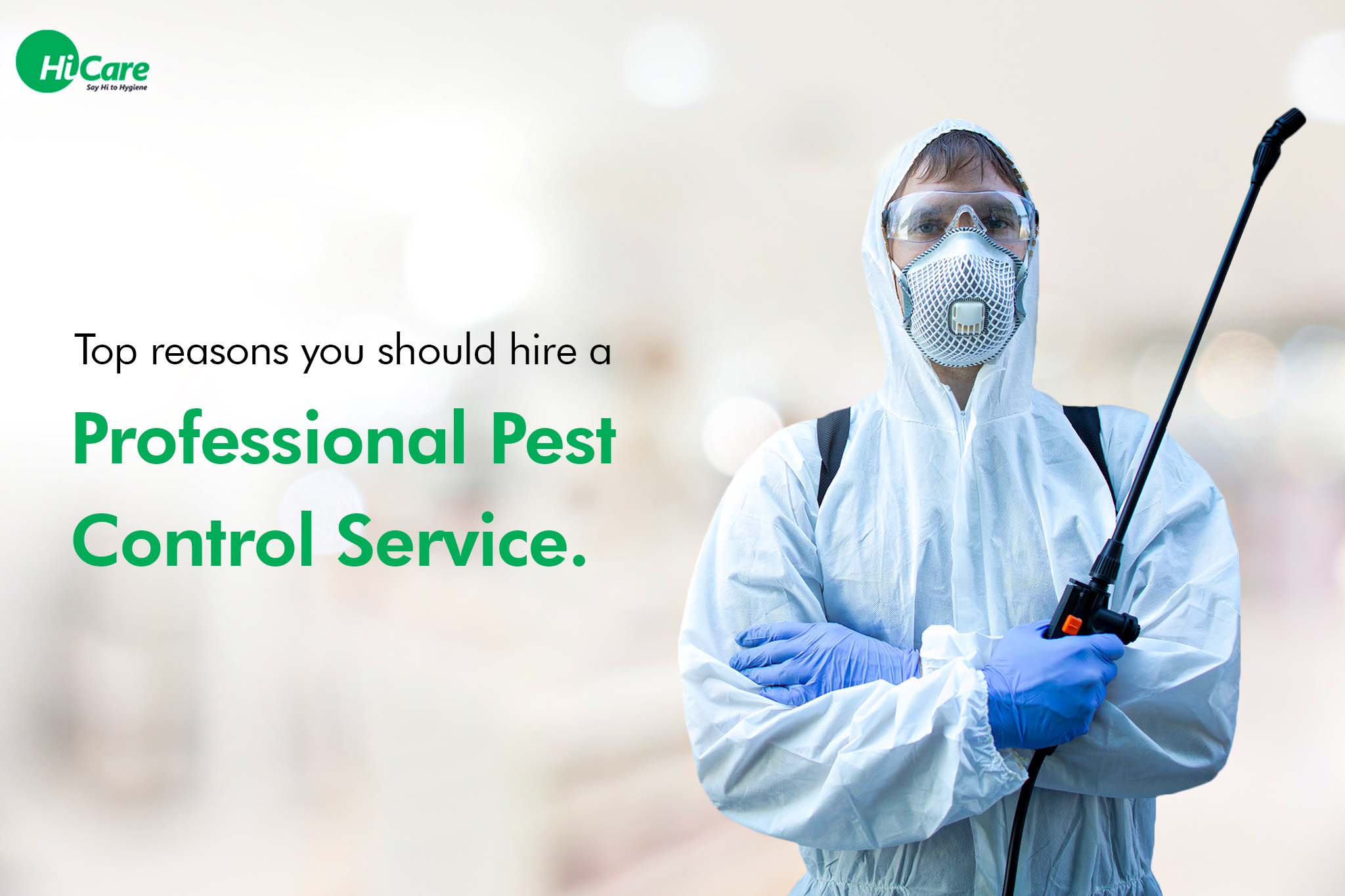Specialist A1 Charlotte Bed Bug Exterminator - Top Quality Solution Ensured
Specialist A1 Charlotte Bed Bug Exterminator - Top Quality Solution Ensured
Blog Article
Bed Bug Treatment Failure: Comparing Chemical Vs. Non-Chemical Solutions
In the world of pest control, especially when dealing with the consistent concern of bed bugs, the option in between chemical and non-chemical treatment options can be a crucial one. Both methods use distinct advantages and disadvantages, affecting factors such as efficiency, safety and security considerations, and general expense. By checking out the nuanced details of each technique, a more clear understanding of which course to pursue in dealing with a bed insect problem can be attained.
Effectiveness of Chemical Treatments
Chemical treatments for bed pest problems have actually been commonly acknowledged for their potent and rapid efficacy in getting rid of these parasites. When taking into consideration the effectiveness of chemical therapies, it is vital to comprehend that they can offer a quick and thorough remedy to a bed pest trouble.
Moreover, chemical therapies have the advantage of using recurring impacts, meaning that they can remain to get rid of bed bugs even after the first application. This recurring action is specifically valuable in combating any kind of potential re-infestations. Furthermore, the rapid action of chemical therapies can bring alleviation to individuals facing extreme bed insect problems, enabling them to restore control of their home rapidly.
Security Interest In Chemical Solutions
One crucial facet that calls for mindful factor to consider when utilizing chemical solutions for bed bug treatment is ensuring the safety of passengers and the atmosphere. Exposure to certain chemicals made use of in bed pest therapies can lead to respiratory system concerns, skin inflammation, or other unfavorable reactions, especially in individuals with pre-existing problems or level of sensitivities.
Additionally, the ecological effect of chemical services is another significant factor to consider. Some chemicals utilized in bed bug treatments might be unsafe to valuable bugs, wildlife, and communities if they leach right into the dirt or water systems. It is vital to use chemical treatments deliberately, complying with security guidelines, and considering much less harmful alternatives to alleviate these dangers and ensure the effective and secure administration of bed bug problems.
Benefits of Non-Chemical Strategies
Taking into consideration the prospective safety and security worries and environmental influence related to chemical solutions for bed insect treatment, discovering non-chemical methods provides an appealing choice with a number of distinctive benefits. Non-chemical approaches provide a much safer option for homes, specifically those with click over here now people, animals, or youngsters sensitive to extreme chemicals. These approaches get rid of the threats of exposure to hazardous materials, decreasing the possibility for adverse health and wellness results. Additionally, non-chemical therapies are eco-friendly, as they do not add to air or water air pollution, making them a sustainable option for parasite control.
Additionally, non-chemical remedies can be reliable in targeting bed insects, including hard-to-reach areas where cal pest control chemical therapies might not penetrate - A1 bed bug treatment in charlotte. Techniques such as heat therapy, vacuuming, heavy steam cleaning, and cushion coverings offer complete removal without the usage of hazardous chemicals.
Limitations of Non-Chemical Treatments

In addition, non-chemical treatments typically call for numerous applications to achieve successful elimination. This can be taxing and may not always ensure total removal of all bed pests and their eggs, particularly in hard-to-reach or covert areas.
Additionally, the success of non-chemical treatments heavily counts on correct implementation and thoroughness, which can be challenging for people without specialist proficiency. Insufficient application of non-chemical techniques might cause insufficient eradication, bring about relentless problems and the requirement for additional therapies.
Therefore, while non-chemical treatments have their advantages, it is vital to recognize these restrictions and consider them when figuring out one of the most efficient technique for taking care of bed insect invasions.
Expense Comparison: Chemical Vs. Non-Chemical Options
Provided the limitations connected with non-chemical treatments, a crucial aspect to assess in the context of bed pest administration is the cost contrast in between navigate to this site chemical and non-chemical choices. In comparison, non-chemical treatments like warm treatment or heavy steam can be more pricey, with costs varying from $1,000 to $6,000 for an entire home. While the preliminary price of chemical therapies might seem reduced, numerous treatments might be called for to fully remove the infestation, potentially raising the general price.
Conclusion

Taking into consideration the prospective safety and security problems and environmental influence associated with chemical solutions for bed pest treatment, exploring non-chemical methods provides an appealing choice with several unique advantages.Given the limitations linked with non-chemical therapies, an essential element to assess in the context of bed insect management is the expense comparison in between chemical and non-chemical choices. In contrast, non-chemical therapies like warmth treatment or vapor can be more pricey, with expenses varying from $1,000 to $6,000 for a whole home. While the preliminary cost of chemical therapies might seem reduced, several therapies might be needed to completely eliminate the infestation, potentially enhancing the overall price.In final thought, when contrasting chemical and non-chemical bed bug therapy options, it is important to take into consideration effectiveness, safety and security, advantages, restrictions, and price.
Report this page